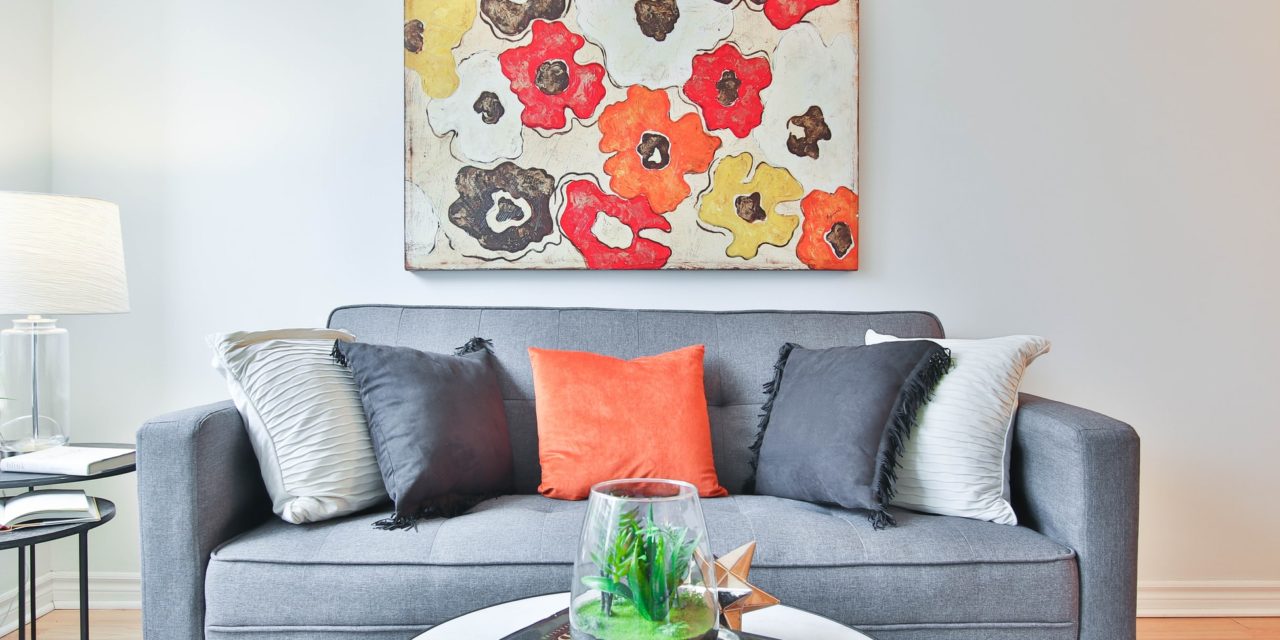[ad_1]
Decorative items like home goods and jewelry have made a shift towards compositions requiring skilled laborers and artists, with fused glass making a tremendous impact in the market today. Even though glass fusing has been around since 2000 BC and has been used in decorative adornments since then, it's only been recently that our culture has truly started demanding more of this artwork. Over the years, many techniques have surfaced in the creation of fused glass art, giving way to a wide range of beautiful and intriguing results.
To create fused glass, a skilled craftsman must place glass within a kiln at temperatures ranging from 1,099 degrees Fahrenheit to 1,501 degrees Fahrenheit. The techniques used to fuse the glass generally fall within three categories and give the craftsman a host of options when creating their artwork.
The first of these techniques is called ‘slumping'. By utilizing the lower ranges of temperatures required to fuse glass (1100º to 1250º F), the glass softens and bends over the contours of whatever is underneath of it. The temperature determines how much of a curve the glass is allowed to follow, with more heat imparting a more elastic nature to the glass and allowing for more compound curves. The kiln master can either utilize a mould wherein the glass slumps under its own weight to create the shaped end result or the free fall slumping technique, where the moulds for this type of slumping are composed of a ring that allows the glass to fall through the opening in the center, which in turn forms a bowl.
The second technique known as ‘tack fusing' uses temperatures in the mid-range of 1250º-1350ºF. For tack fusing, multiple pieces of glass can be fused together without having to heat up the whole item to a point that it changes shape. The smaller items heat up quicker than the carrier piece, which allows brief increases in temperature.
The third technique is called ‘full fusing', and this requires the highest of glass fusing temperatures between 1350º-1500ºF. As one would expect, the entire piece of glass and any additional smaller pieces added to the piece are melted into one clean piece. Small pieces added to the surface of the main piece are actually absorbed by the main piece and melted into one smooth surface.
By using one of these three glass fusing methods, a kiln master has the ability to create a multitude of fused glass products. From beads to tiles to wall art and even bowls, a skilled craftsman can fuse glass into a truly unique work of art. At Hatfield Copper Decor, we've taken this art to the next level by making many of our fused glass pieces pragmatic as well as beautiful. Our fused glass clocks are one-of-a-kind, and our swirl dishes can turn a bland table setup into a sophisticated display.
[ad_2]
Source by Jay Hatfield


